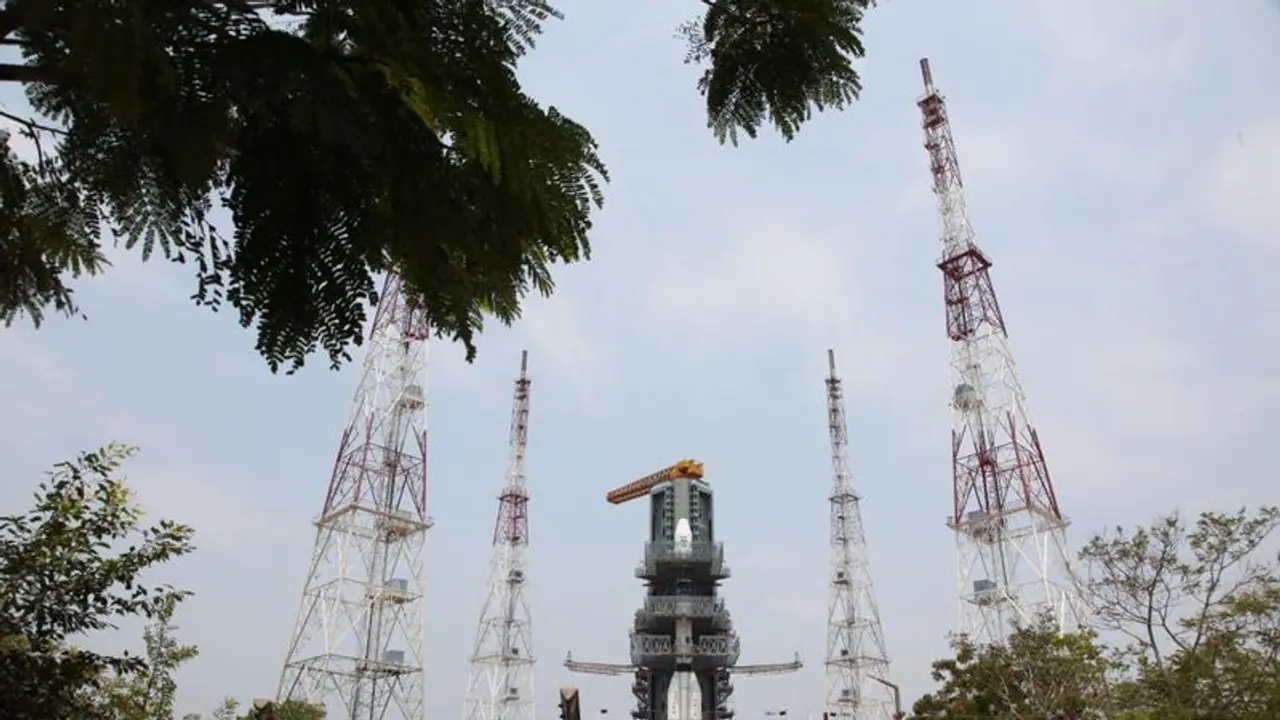India used indigenously made Anti-Satellite Weapons (ASAT) for hitting the live satellite target, which was on a ‘Low Earth Orbit’ at a height of 300 kilometers from the earth’s surface
New Delhi: On March 27, 2019 India conducted Mission Shakti, an anti-satellite missile test, from the APJ Abdul Kalam Island launch complex. This was a technological mission carried out by DRDO. The satellite used in the mission was one of India’s existing satellites operating in lower orbit. The test was fully successful and achieved all parameters as per plans. The test required an extremely high degree of precision and technical capability.
With this test, India joins an exclusive group of space-faring nations consisting of USA, Russia and China.
Also read: Mission Shakti significantly strengthens India air defence, PM Modi assures peaceful use
India used indigenously made Anti-Satellite Weapons (ASAT) for hitting the live satellite target, which was on a ‘Low Earth Orbit’ at a height of 300 kilometers from the earth’s surface.
What is A-SAT
Anti-Satellite Weapons (A-SAT) weapons are the space weapons that are capable of destroying space assets of the opponent for the purpose as may be intended by the attacker.
There are thousands of operating satellites currently orbit the Earth, providing information and other services essential to our civilian, scientific, and economic life, as well as our military operations.
What is the significance of A-SAT
With the success of Mission Shakti, India is becoming future ready. Since the days of the cold war space race, the utility of space as a medium for war has grown exponentially.
A satellite has multiple uses especially for the defence purpose this includes communications, navigation, early-warning systems, reconnaissance, and signal intelligence.
Earlier a nuclear power nation was considered as a strong contender but in modern-day warfare, any state that manages to get the upper hand in space frontier can be expected to dominate the outcome of any war.
According to experts, if a country has control over space-based assets then it can easily jam enemy satellites or destroy them. Modern weaponry can even stop the enemy from communicating with troops or accessing vital information about troop movements or incoming missiles.
Why did India do the test?
India has a long-standing and rapidly growing space programme. Not only the Mangalyaan Mission to Mars was successfully launched, the Gaganyaan Mission has also been sanctioned by government.
Moreover, India has undertaken 102 spacecraft missions consisting of communication satellites, earth observation satellites, experimental satellites, navigation satellites, apart from satellites meant for scientific research and exploration, academic studies and other small satellites.
Also, India’s space programme is a critical backbone of India’s security, economic and social infrastructure.
Mission Shakti was done to verify that India has the capability to safeguard our space assets.
How was it done?
India was quick to realise that space is becoming the ‘ultimate battleground’ to dominate the war of the future. The move came after China’s successful ASAT weapons test in 2007. Since then China’s space program has expanded at a rapid pace.
It was in 2012 when VK Saraswat, the then chief of the Defense Research and Development Organisation (DRDO), announced that India has all the building blocks in place to integrate an anti-satellite weapon to neutralise hostile satellites in low earth and polar orbits.
Concern
India now joins the three other nations (the United States, Russia and China) that are accused of space-weaponisation. However, no satellite-killing missile has been used by any country so far in a situation of war. While debris in space is created by all satellites that have retired and reduced to orbiting dustbins, no weapon is stored in space. The concern may well be an exaggeration.
Remedies
Prime Minister Narendra Modi while addressing the nation, “A-SAT missile will give new strength to India's space programme. I assure int'l community that our capability won't be used against anyone but is purely India's defence initiative for its security. We're against arms raised in space. This test won't breach any int'l law or treaties.”
To avoid creation debris, India chose to test the anti-satellite weapons at a low altitude. Like this, the resulting debris would enter the Earth’s atmosphere and burn up without causing any damage.
